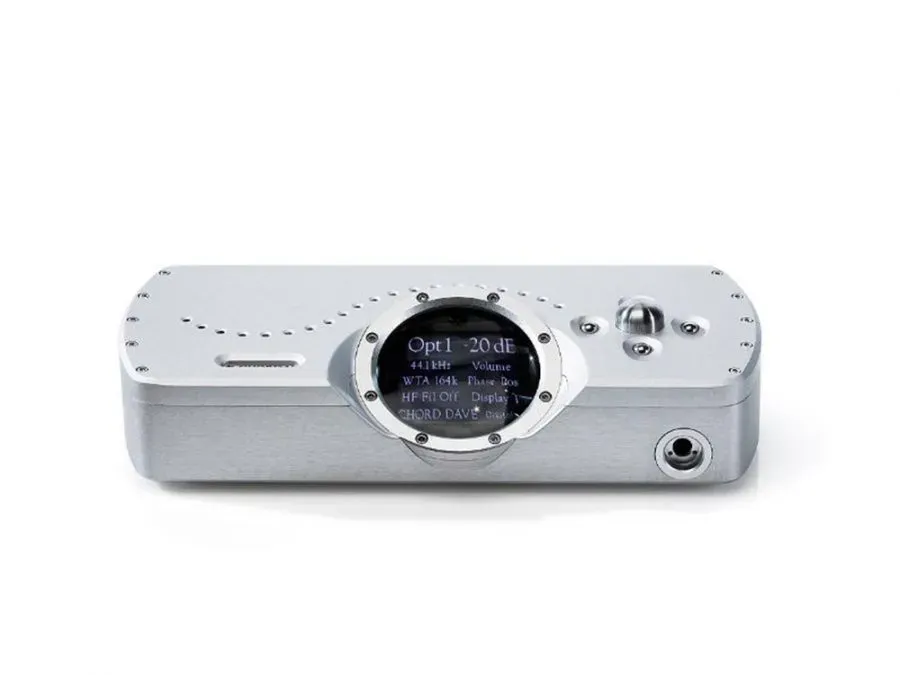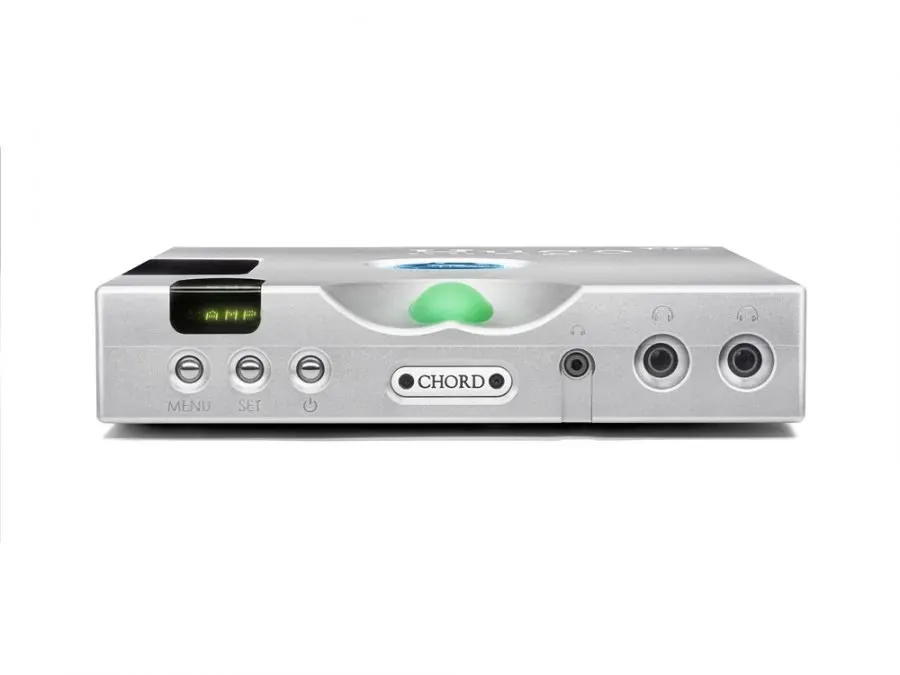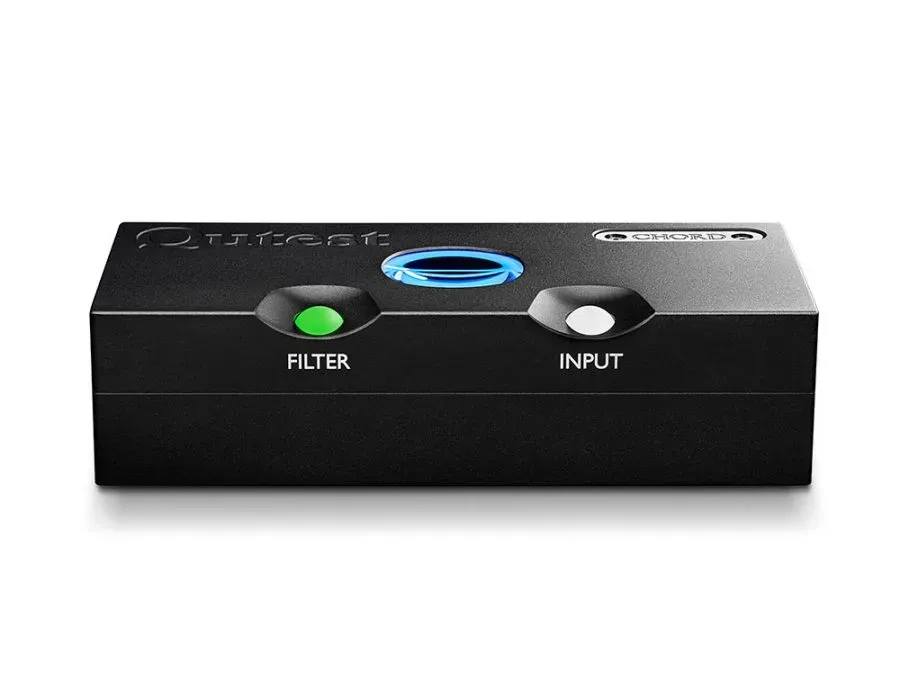DACs — Chord HUGO 2
Description, images, technical data and specifications
Chord HUGO 2
Image source — © Chord
The compact new generation Chord Electronics Hugo 2 device, combining a high-current headphone amplifier and a high-quality external DAC, is a follower of the revolutionary Hugo model.


Specifications
Model name
HUGO 2
Conversion type
N/A
Engine
Xilinx Artix 7 (XC7A15T) FPGA
DSD compatability
N/A
Parameters
N/A
Frequency response low +/- 3dB (Hz)
20
Frequency response high +/- 3dB (Hz)
20 000
Gain (dBu)
N/A
Output Level (balanced) (V)
N/A
Output Level (single-ended) (V)
N/A
Input Impedance (balanced) (Ω)
N/A
Input Impedance (single-ended) (Ω)
N/A
Output Impedance (balanced) (Ω)
N/A
Output Impedance (single-ended) (Ω)
0.025
Analog outputs
N/A
Signal to Noise Ratio (dB)
126
Total Harmonic Distortion + Noise (% at 22 kHz)
<0.0001
Dimensions (mm)
21 x 100 x 130
Weight (kg)
0.365
Official link
More components

DACs
Chord DAVE

DACs
Chord HUGO TT 2

DACs
Chord QUTEST

DACs
Chord Hugo TT2


